The following is a guest post from Charmaine of Glamology.
Many of us don’t give a second thought to our daily beauty routine – cleansing our face, moisturizing our bodies, applying makeup, or painting our nails. But it may surprise you that the average adult is exposed to over 168 synthetic chemicals each day from personal care products.
Chemicals such as phthalates, mineral oils, sodium lauryl sulphate, propylene glycol, and parabens are all commonly used in cosmetics; many of which have known or suspected links to serious health problems like cancer, infertility, birth defects, and hormone disruption.
Part of the problem is that unlike food or drugs, cosmetics come under little government regulation. In North America, government bodies like the Food and Drug Administration don’t have the power to approve or regulate most cosmetic ingredients. As a result, manufacturers can use virtually any ingredient in their products without having to conduct any pre-market safety testing.
Recently, non-profit organizations like the Environmental Working Group have begun conducting studies looking at chemicals in makeup, hair and skin products. Among other things, they’ve found that more than 1 in 5 personal care products contain chemicals linked to cancer, 45% are reported to be potentially harmful to reproductive systems and/or fetal development, and 60% have ingredients that can act like estrogen and disrupt hormones.
That isn’t to say all synthetic chemicals are harmful or dangerous, or that products which include them should be avoided. It’s just that there is a lack of conclusive long-term safety information and for our health we should try to be as informed, knowledgeable, and smart as possible. We can’t possibly eliminate all exposure to synthetic chemicals; but we can certainly make choices that can reduce it.
Many people have begun to “green” their beauty routines to reduce exposure to potentially harmful chemicals – by buying products with fewer of them. It’s easy and in most cases it’s as simple as choosing Product B instead of Product A.
So what can we do? Here are some practical tips to help you green your beauty routine:
- Don’t Read Labels – There is no legal definition for words like “natural”, “organic”, or “herbal” on beauty product packaging and many products advertise these in their name but may still contain petrochemicals, toxins, and harsh preservatives.
- Read Ingredients – Learn to start reading and recognizing harmful ingredients, things such as: butyl acetate, BHT, coal tar, formaldehyde, parabens, phthalates, oxybenzone etc. If you come across any eyebrow-raising ingredients search for them on Skin Deep Cosmetic Database, an independent resource of personal care product safety information.
- Avoid buying products that contain “fragrance” or “parfum”. By-law companies don’t have to disclose what ingredients constitute fragrance but often it’s hundreds of ingredients which may be toxic to the brain and cause endocrine or hormone disruption. Instead choose products that use natural essential oils.
- Conventional cleansers are often formulated with ingredients like sulfates, parabens, triclosan, and fragrance. Try switching to natural cleansers rich in fruit oils like lemon, avocado, jojoba, tea-tree oils, tea extracts, and aloe leaf juice.
- Avoid lip products that contain lead, artificial colors, lanolin, or petrochemicals like petrolatum. Opt instead for those that contain beeswax, shea butter, and fruit pigments.
- When shopping for beauty products, consider simple substitutions, like using avocado oil on your skin instead of mineral oil, cornstarch instead of baby powder, or try using coconut oil as natural eye makeup remover and a face/body moisturizer.
- Using every day ingredients from your kitchen, you can make many of your own beauty products like scrubs, masks, and skin treatments. Lots of easy recipes can be found online or in the book Organic Body Care Recipes by Stephanie Tourles, such as mixing 1/4 cup olive oil & 1/2 cup brown sugar for a fabulous face and body scrub.
- Read the book Not Just a Pretty Face by Stacy Malkan. It’s probably the most important book written about the toxic nature of the beauty industry. The book gives you lots of information on everyday products, resources and tools to make smarter decisions on what to buy.
- Shop online! The easiest place to find organic, natural, and non-toxic beauty products is on the internet. Some of my favorite eco-boutiques are: Mint and Berry, Saffron Rouge, Futurenatural, Spirit Beauty Lounge, Green Line Beauty, Beautorium, Sephora Natural & Organic.




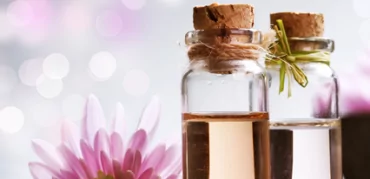
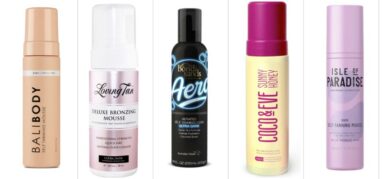
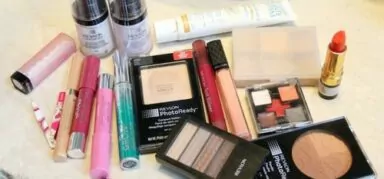
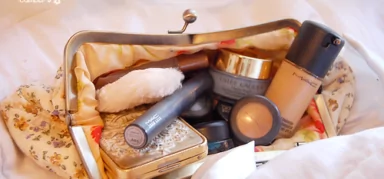





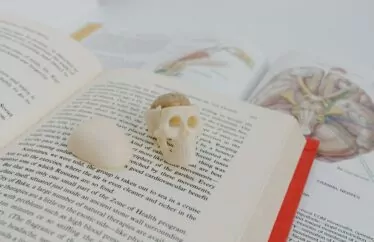






Yeah, this is scary. I recently saw a great short video on this issue. It was a really insightful summary.